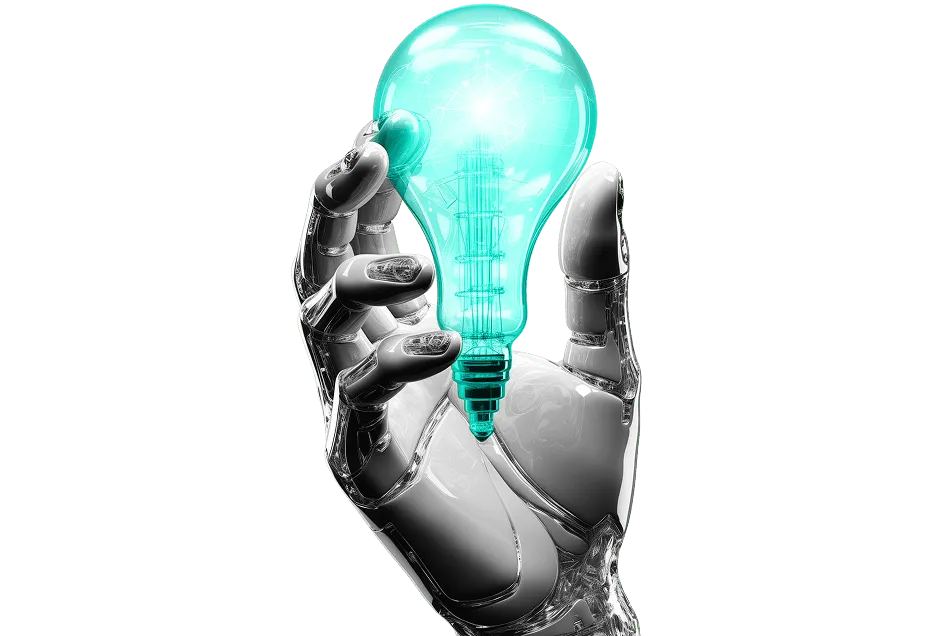Unlocking Agentic AI: Rethinking Skills Frameworks for Business Models in a New Era of Work
The future of work is changing very fast. Consider this example. In December, Google DeepMind introduced an experimental web-browsing agent called Mariner. During a demo with MIT Technology Review, Mariner faced an unexpected challenge. Megha Goel, a product manager at DeepMind, tasked the agent with finding a Christmas cookie recipe resembling a photo she provided and adding the ingredients to her online grocery basket. Mariner successfully located a recipe and began filling the basket but stalled when it couldn’t determine the correct type of flour.
In a chat window, Mariner explained its next steps: “I will use the browser’s Back button to return to the recipe.” This seemingly simple action was a remarkable moment. Rather than halting entirely, the agent broke the task into smaller steps and chose a logical action to resolve the issue. For an AI system, understanding the need to click the Back button is a significant leap in problem-solving. Impressively, the approach worked. Mariner returned to the recipe, identified the correct flour, and seamlessly added items to the basket.
At Davos 2025, Marc Benioff shared impressive statistics about Salesforce’s use of AI in customer support. He revealed that their support website handles approximately 36,000 customer support conversations weekly. Previously, about 10,000 of these cases required escalation to human agents. However, with the implementation of AI agents, only 5,000 cases now need human intervention. AI agents resolve over 80% of customer support inquiries without human escalation.
Our analysis reveals that companies’ business models profoundly impact the skill requirements across various job roles. This connection highlights how shifts in operational strategies and revenue generation approaches shape the workforce’s demand for specific technical, functional, and behavioral competencies. This finding is particularly valuable for workforce planners, recruiters, and HR leaders. By understanding how business models influence skill demands, they can better align talent acquisition and development strategies with organizational goals. For instance, organizations transitioning to subscription-based or outcome-driven models may require roles with expertise in customer success, data analytics, and value-based selling. Similarly, those embracing platform or service models may need skills in ecosystem management and technical integration.
Recognizing this interplay enables HR professionals to proactively address skill gaps, build robust talent pipelines, and ensure their workforce is equipped to thrive in evolving business landscapes. This insight serves as a critical tool for driving long-term workforce planning and competitive advantage.
Here’s a simplified list of general business model categories based on your input. Enterprises follow either all or a subset of these Business Models. Legacy Enterprises may have all these models coexist at the same time. As a result, when understanding the critical skills can also help you map where Agentic AI and Automation may impact
- Product Sales
- Leasing and Rentals
- Usage-Based/Pricing Models
- Service and Maintenance Contracts
- Subscription-Based Software (SaaS)
- Data Monetization (DaaS)
- Platform Monetization (PaaS)
- Consulting and Professional Services
- Outcome-Based/Value-Based Models
- Joint Ventures and Partnerships
- Licensing and OEM Agreements
- Research and Development Partnerships
- Managed Services
- Training and Education Programs
- Consumable Goods Sales
Building on this concept, we analyzed the Finance job family through the lens of these skills. Here is an example of such a mapping


Once the framework is developed through this lens, it becomes easier to identify Agentic AI opportunities.
- Predictive Analytics & Recurring Payments: Automates forecasting and optimizes payment processes.
- AI-Driven Sales Insights: Analyses data to improve cross-selling and retention strategies.
- Customer Retention & CLTV Analysis: Predicts churn and maximizes customer lifetime value.
- SaaS Pricing Optimization: Recommends pricing strategies to boost margins.
- Data Monetization: Identifies new revenue streams from organizational and customer data.
Summary: Current skills frameworks and architectures may fail to effectively identify business model-aligned skills and uncover opportunities for leveraging Agentic AI. Draup is proposing a new approach to address and manage these limitations.










.svg)




















.svg)





.svg)
